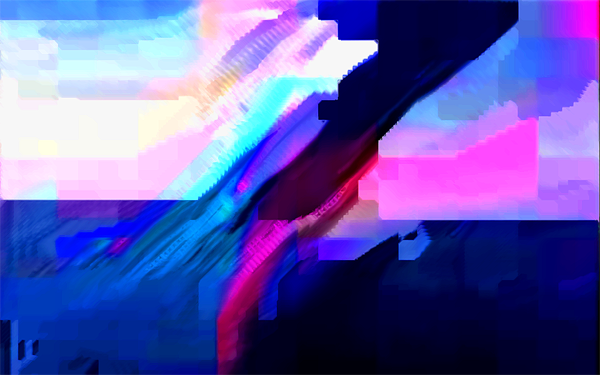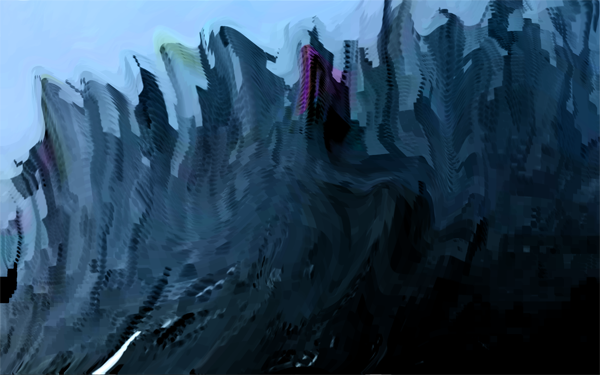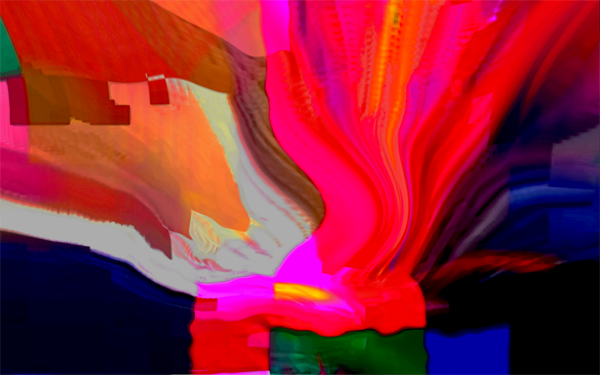


The supreme discipline of art - oil painting - is back. It has been 13 days since a BP oil and gas exploration well blew out, setting fire to the drilling rig, which sank, killing 11 people. Ever since, crude oil has been leaking into the Gulf of Mexico, raising the prospects of a historic environmental disaster. Winds from the southeast have nudged the slick northward, where it floated Saturday near the coasts of Louisiana, Alabama and Mississippi and has begun to paint the coastlines.
Finally oil painting has evolved into generative bio-art, a dynamic process the world audience can watch live via mass media. Never before has this art form been as relevant and visible as today - only 9-11 was nearly as perfect, but in the genre of performance art. An oil painting on a 80.000 square miles ocean canvas with 32 million liters of oil - a unique piece of art.
We exclusively use aerial images from the oil spill. The files are ready-mades but we waived our right to use them "as is" and decided to use a special digital technique to produce a statement about the disconnection of form and color and about contemporary and futuristic imaging procedures. We use a compressor (sorenso codec) and consumer video editing-software and manually loop 2 frames, the image becomes liquid, transforms and deforms. These visualisations represent the "Verkuenstlichung" of nature and the "Vernatuerlichung" of art. Unedited oil-paintings of the event can be found via search-engines, on boston.com or on the NASA Earth Observatory website.
-- DESCRIPTION FROM THE ARTIST'S STATEMENT

Ecological and human disasters are not art. Representations of them, comments on them, and things otherwise informed by them can be. The disasters themselves are not. I find the images pictured above beautiful and engaging. The language used to describe them and the disaster in the Gulf of Mexico is incredibly inappropriate.